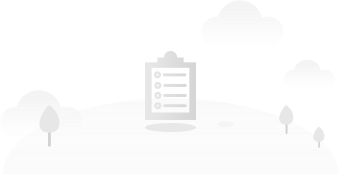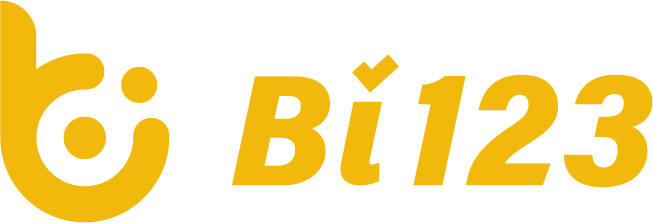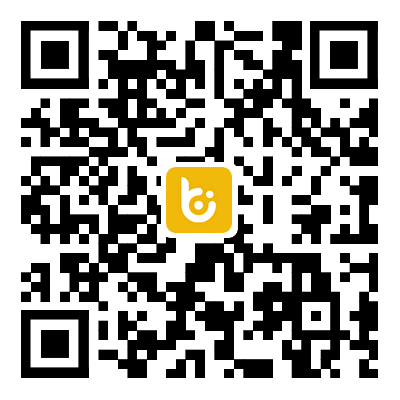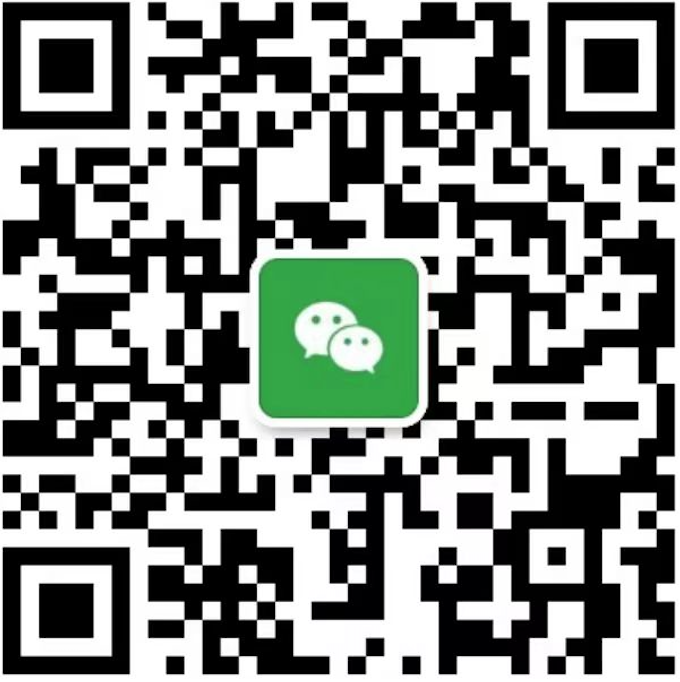
Gnosis
- #Protocol
- #Prediction Markets
- #Decentralized Exchange Token (DEX)
- #Decentralized Finance (DeFi)
- #xDAI Ecosystem
- #Arbitrum Ecosystem
- #MEV Protection
- #Binance Not listed (BUSD)
- 254.833
- $7.56M
- $659.91MRank #121
- 2.59M
Similar News
More Info- 06-04 10:00
The Binance World Championship Special: Trade $100 Each on Convert, Spot & Futures To Win...
- 06-03 22:00
MiCA Stablecoin Rules Implementation Announcement
- 06-03 10:15
Word of the Day: Test Your Knowledge on Life in Binance to Earn Binance Points...
- 05-31 15:00
Updates on Minimum Order Size for Spot and Margin Trading Pairs (2024-06-07)
- 05-30 21:28
Binance Futures Will Launch USDT-Margined TURBO Perpetual Contract With Up to 50x Leverage
Market Signal
More InfoCryptocurrency Calendar

NO DATA
What Is Gnosis (GNO)?
[Gnosis] is a [DeFi] infrastructure hub building new market mechanisms for decentralized finance. Gnosis builds interoperable products to facilitate trading, creating, and holding digital assets on [Ethereum]. Its three main products are:
* Gnosis Conditional Tokens Framework: a prediction market based on conditional tokens that allow deeper combinatorial, i.e. complex markets.
* Gnosis Protocol: a fully permissionless [DEX] enabling ring trading to maximize liquidity. Ring trades are trades that share liquidity across all orders. In simple terms, ring trades are the equivalent of a three-way trade in professional sports.
* Gnosis Safe: smart contracts to manage digital assets on Ethereum.
Gnosis was initially developed only to be a prediction market, but the team soon realized that they would have to build the necessary infrastructure to boot. Out of that impulse, the Gnosis Protocol and the Gnosis Safe developed. Another Gnosis product is the Gnosis Chain, formerly known as the [xDai] chain. This blockchain is a [layer-two] solution for Ethereum that is used as an execution layer for different protocols like [Perpetual Protocol]. Gnosis Chain has no [gas] fees, which makes it an attractive solution for high-frequency order protocols like [futures] exchanges. Another product Gnosis has co-launched is a DEX aggregator known as Cowswap.
Who Are the Founders of Gnosis?
Gnosis was launched in 2015 by Martin Köppelmann, a German systems engineer, in cooperation with his CTO Stefan George. The “official” Gnosis Limited company was eventually established in 2017. After becoming interested in the cryptocurrency space with the launch of Bitcoin, Köppelmann had a vision of building a prediction market on Ethereum. The company has since grown to 35 employees and developed several Ethereum-based products.
What Makes Gnosis Unique?
Gnosis has built several crucial pieces of Ethereum-based infrastructure that are widely used by the crypto community.
**Cowswap** is a permissionless [decentralized exchange] protecting users from Miner Extractable Value ([MEV]) by using batch auctions and offering off-chain gasless order placement on the Gnosis Chain with access to on-chain liquidity. Put simply, orders on Cowswap are batched and aggregated with the same clearing price in each batch, thus preventing miners from front-running the price and extracting value. This is only possible thanks to another Gnosis product called the Gnosis Chain.
The** Gnosis Chain** is an interoperable layer-two blockchain for Ethereum that allows products like Cowswap to execute trades on xDai and keep their final settlement and thus their security on Ethereum. For users, this means benefiting from the security of Ethereum and simultaneously paying close to no gas fees for execution on the Gnosis Chain.
Another highly popular product is the **Gnosis Safe**. Protocols use this solution to secure their funds via a [multi-signature] [smart contract] that allows protocols to manage their assets in a [non-custodial] manner. The Gnosis Safe natively integrates with decentralized finance solutions and, unlike traditional multisig wallets, allows for gasless signatures.
The **Gnosis Protocol** is a permissionless decentralized exchange on Ethereum that allows ring trades. Assume one person holds [DAI], a second person has [USDC], and two more people hold [OWL], the native stablecoin of the Gnosis DAO. On a regular decentralized exchange, filling this trade will require additional trades with additional gas fees to satisfy all users’ requests. With ring trades, the Gnosis Protocol can fill these orders with uniform clearing prices and without requiring additional work from the trader.
Finally, Gnosis’ initial product is its **Conditional Tokens**, which allow building a decentralized prediction market with increased informational complexity. Gnosis posits that thanks to its Conditional Tokens, increasingly complex markets, and second-order effects can be priced, which, in turn, allows market participants to trade probabilities of these events (for example: you could have bought a tokenized equivalent of the British Pound contingent on the condition that no hard Brexit happens).
Related Pages:
Check out [Terra (LUNA)] — a popular layer-one blockchain.
Check out [Chainlink (LINK)] — an oracle for blockchains.
Read our [Intro to Bitcoin].
Get the latest crypto news and latest trading insights with the [CoinMarketCap blog].
How Many Gnosis (GNO) Coins Are There in Circulation?
GNO is the protocol’s native [governance] token that can be used to generate [OWL], the stablecoin used on the Gnosis prediction market. Furthermore, users can vote on governance proposals in the Gnosis DAO. The Gnosis token sale in April 2017 raised 250,000 ETH ($12.5 million at that time) by selling 418,777 GNO. Its [total supply] is 10 million GNO and is distributed as follows:
* Gnosis Vault: 8,495,410
* Initial team bonuses: 500,000 (75% vesting over 4-years)
* Token Sale: 418,777
* ConsenSys: 400,000
* Future team bonuses and supplier payments: 185,813
60% of the funds are used for development, 20% for legal expenses, 15% for operations, and 5% for marketing.
How Is the Gnosis Network Secured?
GNO is an [ERC-20] token on Ethereum.
Gnosis is governed as a [DAO], and every successful proposal must be introduced on its forum and pass a vote. Furthermore, the proposal passes the Gnosis Impact app in the final phase, where prediction markets are used to project the impact on the GNO price if the proposal is passed.





